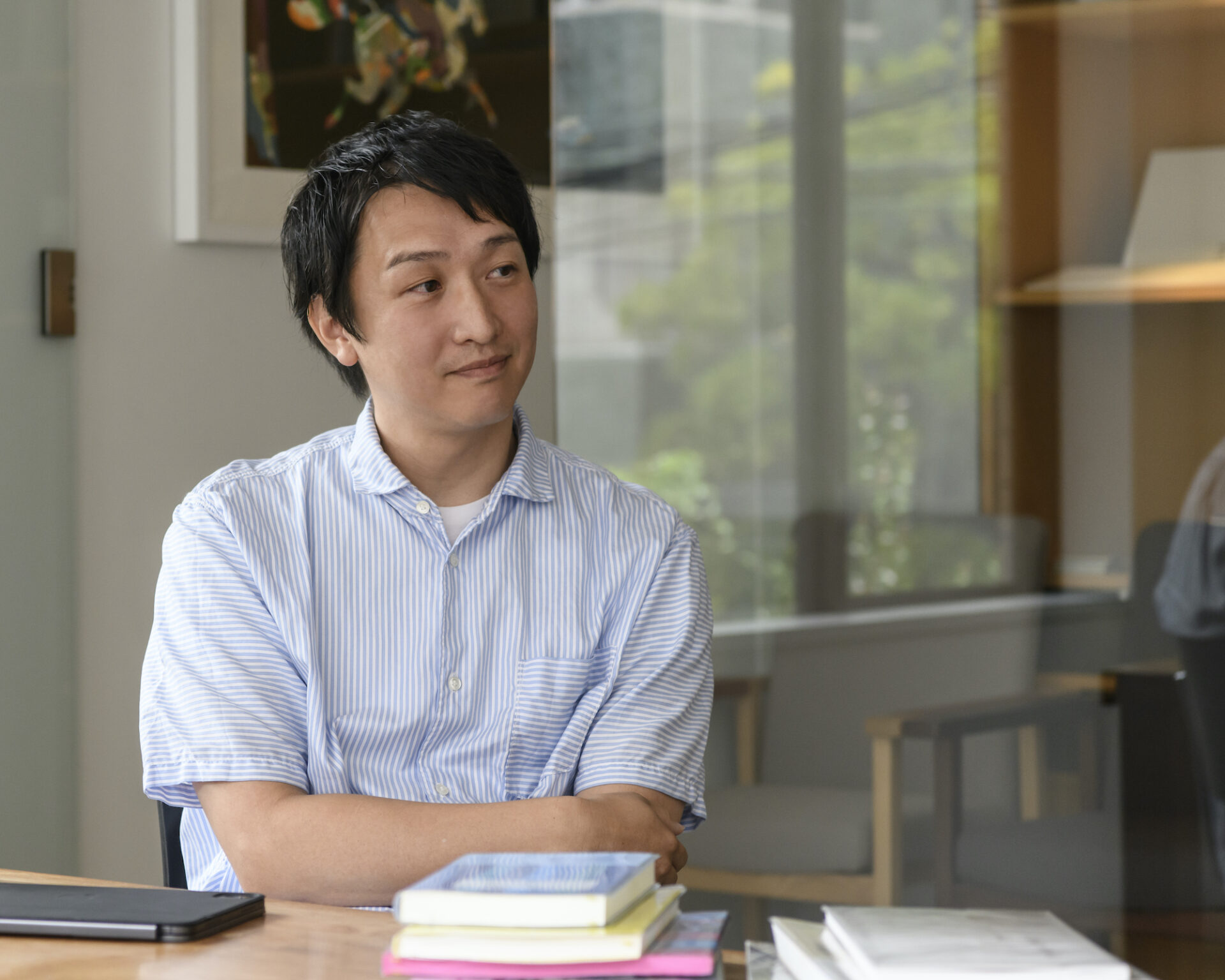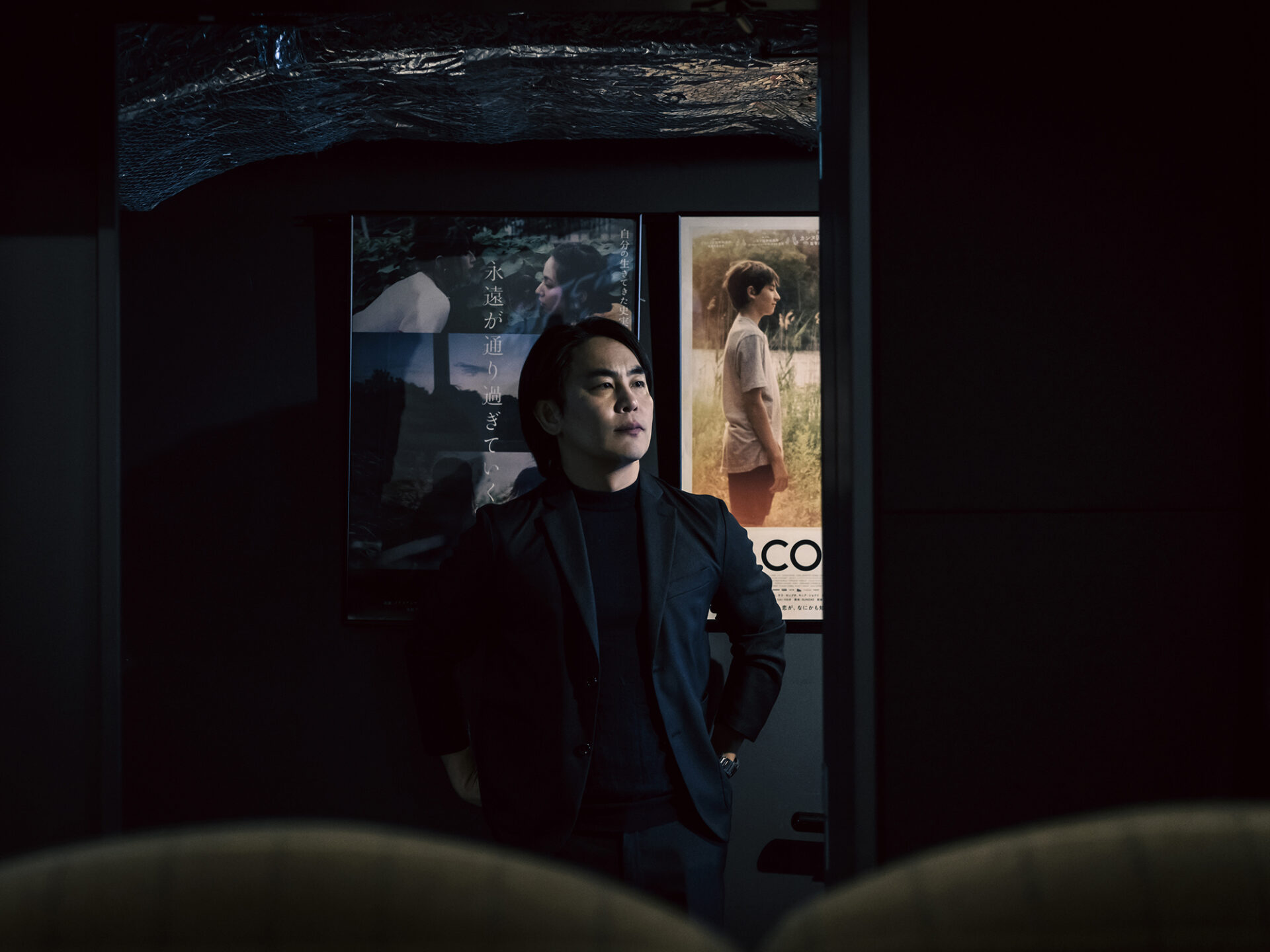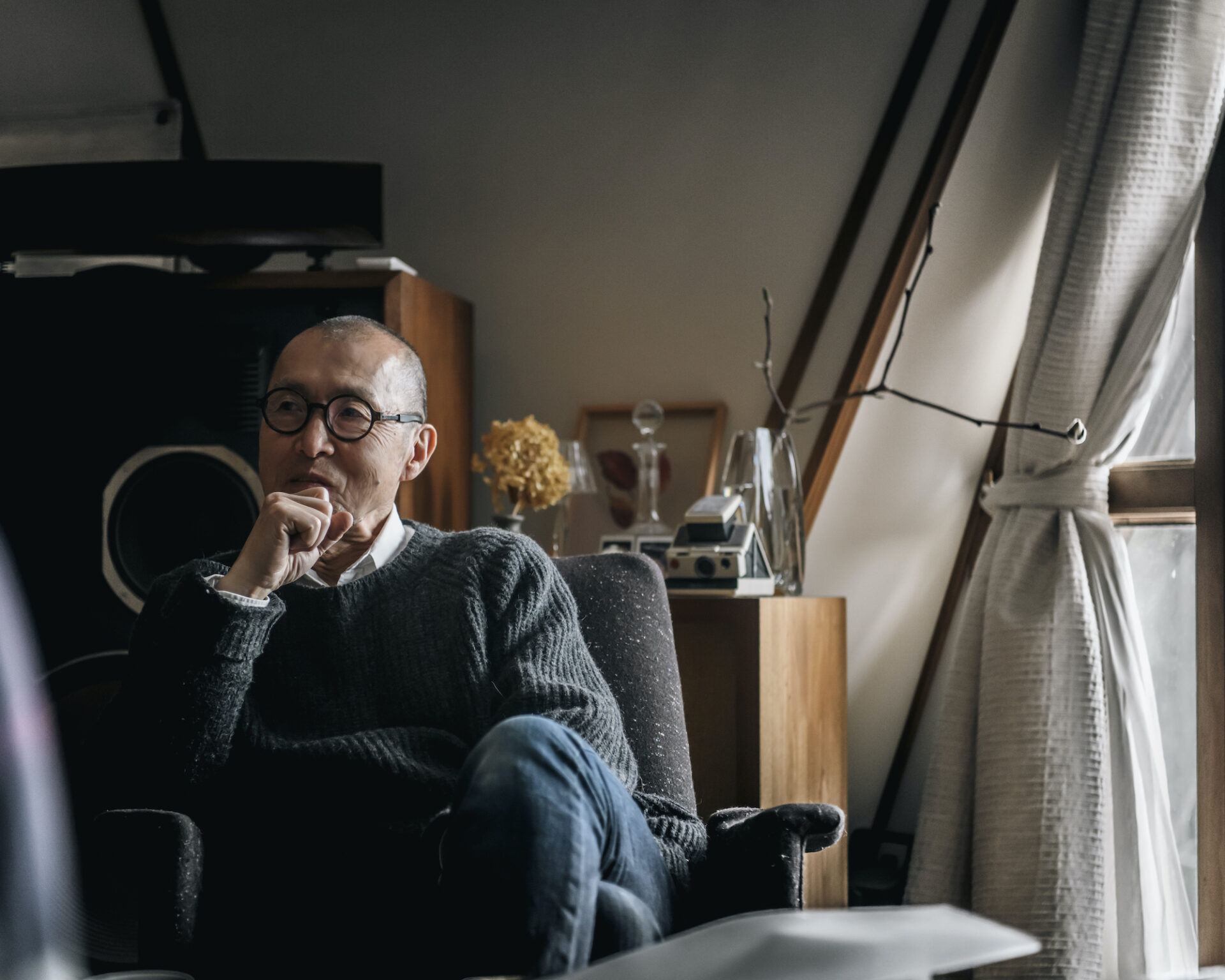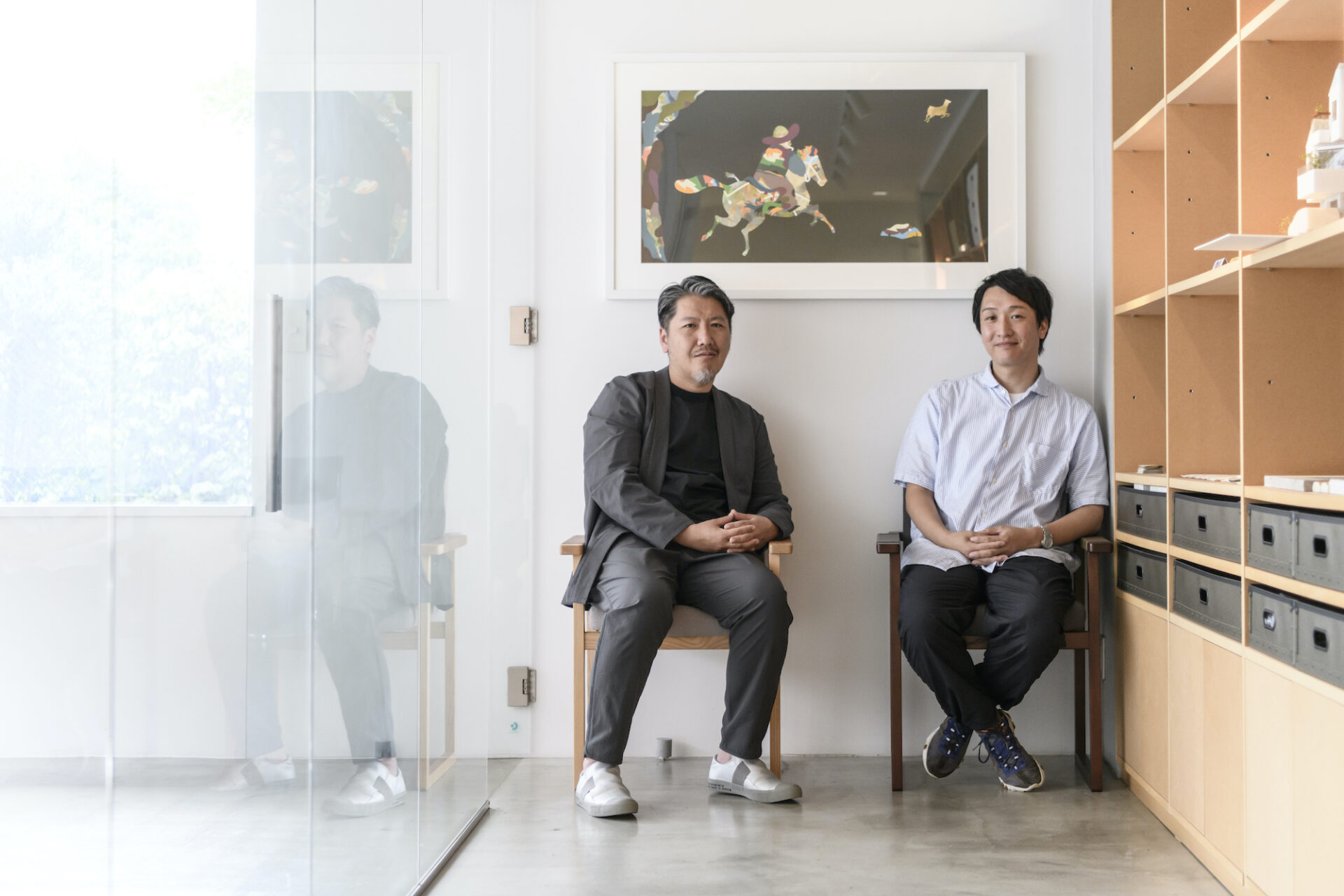
2024-10-03
Vol.10
Architect
Shuzo Okabe(part 2)
-
What is Happiness for the City, Countryside, and Global World?
-
Resonance of Atmosphere
-
Abundance of Not Being Misled by Information
-
From the Perspective of "Dynamic Equilibrium"
-
Authenticity Required for Manufacturing
-
Creating Infrastructure by Self-Sufficiency and Positive Cycle
-
The Potential of "Mezzanine"
In today’s world, where information is flying around, it is extremely important to discern whether the information at hand is truly reliable. The attitude to constantly question the authenticity of information encourages free-wheeling thinking unbound by preconception and shapes a spiritually abundant and happy society. Shuzo Okabe, who runs his architecture firm and engages in diverse activities, including product design, branding, and business development, describes his attitude toward activities as “having approached to everything with full of solid reason unbound by any preconception.” Don’t we just do things that we are told to do? Don’t we neglect thinking more deeply about why things are how they are? Don’t we judge things only from the point of view of economics or efficiency? In the dialogue between the two old acquaintances, you will find questions that need to be answered to make manufacturing work as an infrastructure to support local communities, society, and people’s happiness.
Click here for the first half of the interview.
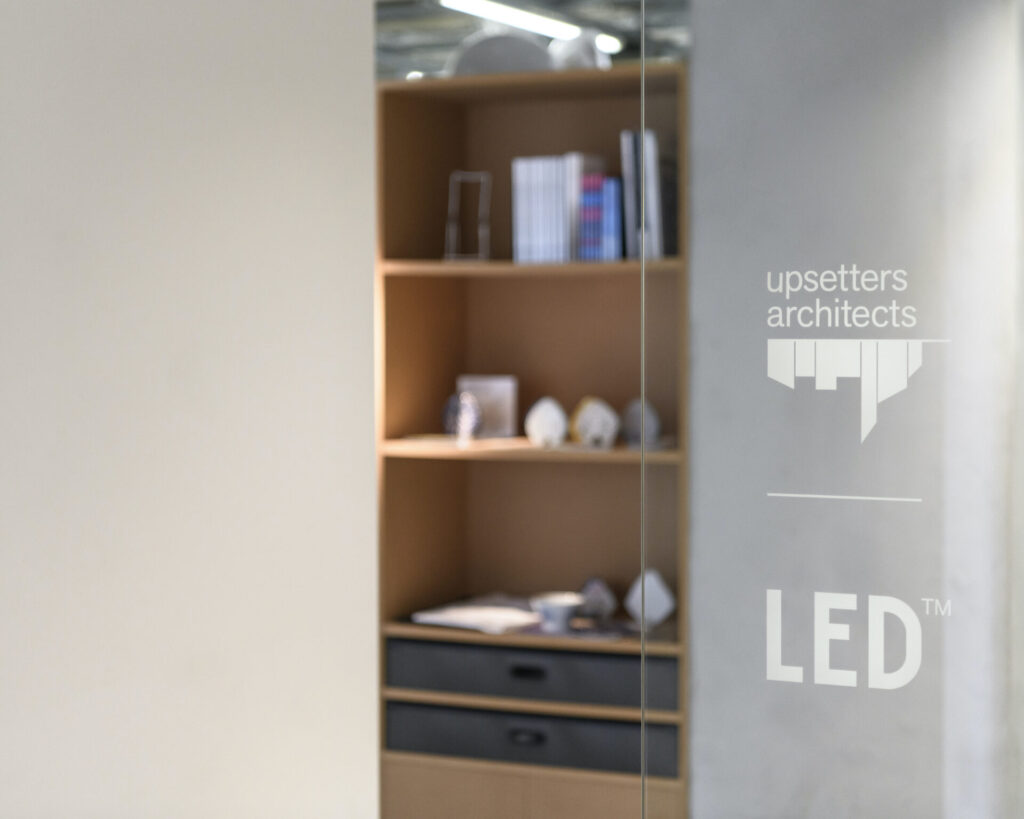
“You will reach something outstanding by focusing on obvious things obviously.” (Okabe)
Masakazu Shigeta: The cosmetics business we are involved in is a kind of brand business. However, the meaning and definition of the word “brand” have changed over time. In the fashion business, the meanings of the word are completely different between those who went through the 80s and 90s and those who started the company in the 2000s.
The word “brand” referred to function and meant foundation. In short, it had a solid link to an additional value element. Until now, the brand strategy of cosmetics manufacturers has been enhancing purchase intentions by making decorations look attractive, but from now on, I believe they should seriously consider how to become an infrastructure to provide customers with ideas to live naturally and happily. Otherwise, brands without the idea can not survive.
Shuzo Okabe: I totally agree with you. Earlier, I talked about information manipulation, and I think the infrastructure is at the opposite end. I believe our central interest is to face the craftmanship honestly without information manipulation, and I feel that it just happens to match the current times. Regardless of the business scale, the attitude to engage in manufacturing honestly and provide infrastructural products will be increasingly important in the future.
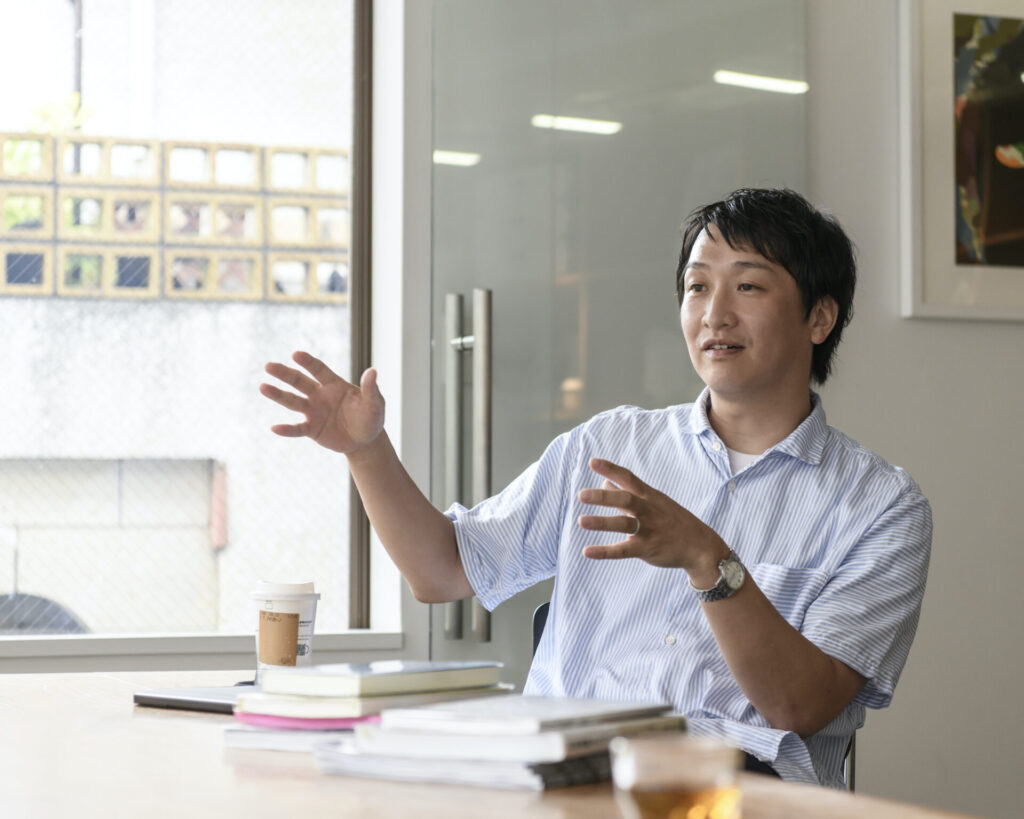
Shigeta: Seeing the activities of Mr. Okabe, I always feel that design dwells in fashion and authenticity in the spirit. In fact, I find a strong sense of authenticity in what Mr. Okabe creates, and therefore, a high degree of publicness is required in the works. Conversely, you can say that fashionability is not necessary for design that much. Thinking about things like that, I wonder where the equilibrium of authenticity is, where we should insert comfortability and newness, and at what balance. I think these questions are always being asked not only in architecture but in everything Mr. Okabe is involved in.
Okabe: It depends mainly on the fact that I myself grew up with that kind of architectural education. Architectural education is supposed to teach those points, but the thing is, few people are interested in it these days. After all, I think people are interested in “difference.” Some of them intentionally aim for authenticity in their styles. Speaking of myself, a few years after I started working, I noticed neither of them was what I wanted to do, and I decided to do what I wanted to do.
I believe you will reach something outstanding by focusing on obvious things obviously. That is what I always aim for. That is why I always work on anything with solid reasons unbound by assumptions. Things created through the process are consequently closer to something considered good in society sometimes. Still, since this is not always the case, I am interested in the things considered in any way, depending on the viewers.
Shigeta: Traveling to the countryside and experiencing the infrastructure you can only find in that region is one of the most valuable cultural experiences. However, seeing small businesses originating in regional revitalization projects, I feel that few cases have become infrastructural. I have seen a lot of craft breweries, the craft gin, and many roadside stations, though.
Okabe: That is a complicated point. For example, there is the idea that local work should be done by local people. That is undoubtedly important, but I have seen many cases in which the effort resulted in low-quality products, and the business failed. On the other hand, I have also seen many instances where people from the central area came and gave vague directions without deeply understanding the problems. As a result, what is happening now is that nobody wants to be involved in the projects, even if with enough budget. But this reaction is natural in a sense. So, we must consider the next step and provide it to them. There are some people who think that way, and we must be careful to notice the signs of them.
——What do you think will be necessary for the next step, Mr. Okabe?
Okabe: Regardless of whether they are local people who like their region or people sent from the center to the local area, they take their jobs with good intentions. The thing is, the economic idea always comes first. However, I believe creating something infrastructural is not so difficult if we plan correctly. What is necessary is experience. Properly learning and gaining experiences will solve the problem. However, things sometimes can not be fixed once they have broken, so now we are in a critical moment to see if the relationship completely collapses or if they will learn and gain experience.
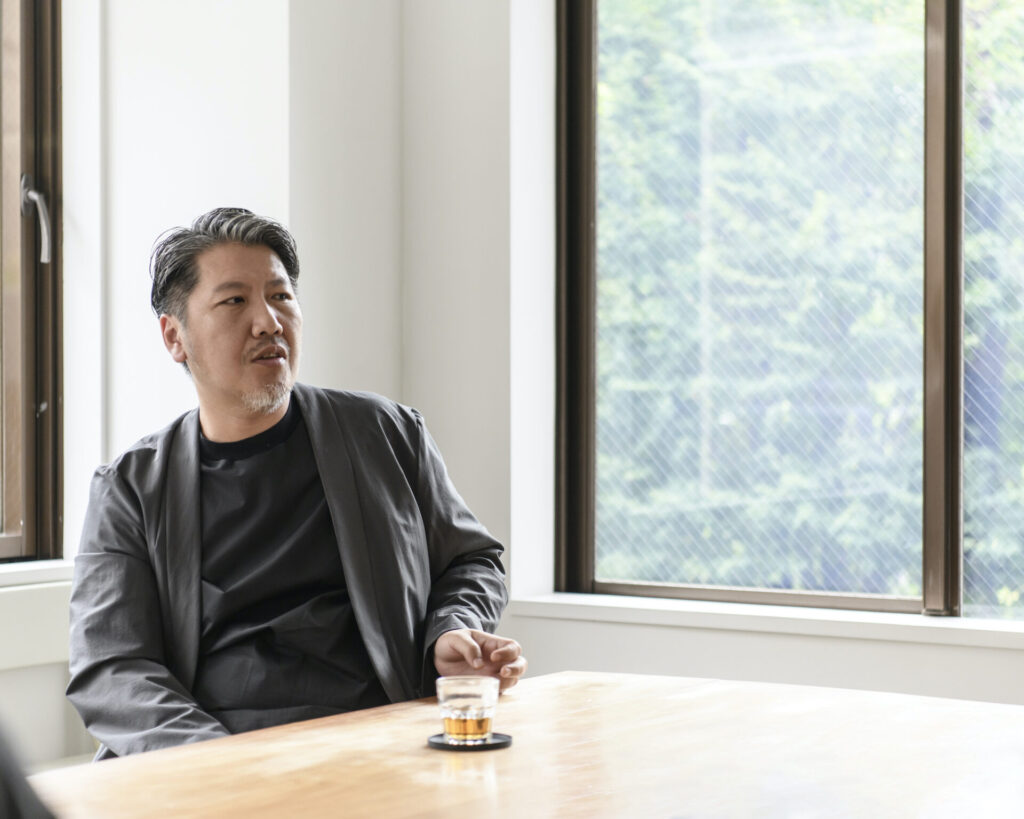
“By manufacturing products using local materials, you can achieve self-sufficiency and a positive cycle, and it can become a regional infrastructure.” (Shigeta)
Shigeta: At the beginning of this dialogue session, I said mixture is just OK rather than stoically pursuing identity. However, in manufacturing, I believe we should stick to using domestic materials. The low rate of self-efficiency is considered problematic in the Japanese cosmetics industry. While each brand has been working on increasing the ratio, the final output is always some homage to Western culture. I don’t care much about the final output, but I believe it is much more critical for us to use domestic materials.
By manufacturing products using local materials, you can achieve self-sufficiency and a positive cycle, and it can become a regional infrastructure. You can naturally decide what to produce by seeing the material available in the area from a broad perspective, and you can avoid a mismatch, such as trying to find marine materials in the area without the sea. This is not limited to materials; you can say the same about human resources. You can see what to do by examining the working population and the age composition. Sustainability is realized only after thinking about what to create and what kind of expression you bring.
Okabe: We must have such a perspective when we create something infrastructural. It is also economically rational since you can reduce costs by achieving self-sufficiency and a good cycle. So, it should be relatively easy, but the problem is that such a perspective is not widely shared.
Shigeta: I often receive inquiries asking if we can use agricultural products as a material for cosmetics. The products most commonly brought are mandarine oranges that are thinned out. You can extract the fragrance by distilling it, but the production efficiency is not that high. I believe there are other possibilities, such as using it for fertilizer, but the thing is, those who bring such ideas without much consideration for efficiency are more from the administration side rather than the farmer side.
Okabe: After all, the ability to judge the proper point is essential. Designers and producers want to get involved with the situation, but just focusing on the part of the whole picture with no understanding of scale or system will result in mere self-satisfaction. If you want to make something infrastructural, you should avoid it that way.
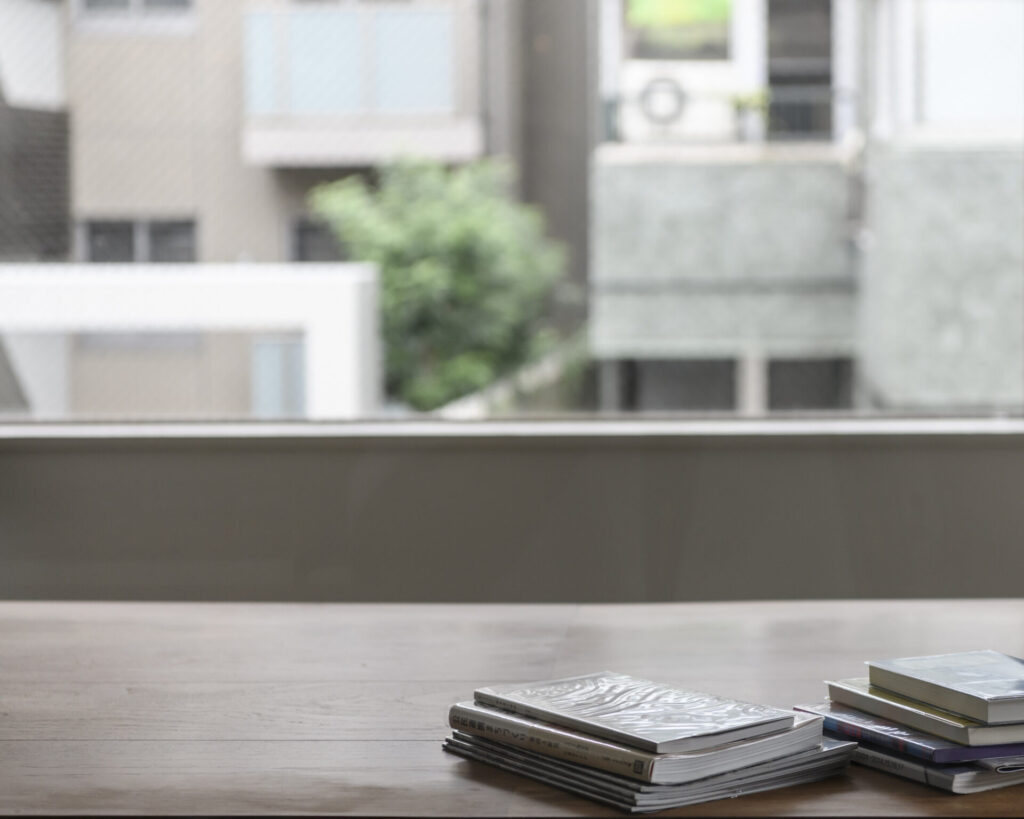
“Something like ‘beauty,’ which drives human emotions, will be the most crucial element in the end.” (Okabe)
Shigeta: Would you share some of the projects you are working on now?
Okabe: There are two hot projects we are working on. One of them is the project that combines the roles of the public and private sectors. Japan has little money, but we don’t want to give up creating. Then, we can try to find a good balance between, for example, civil engineering and architecture, or public and private sectors, and output it. We want to expand this idea throughout the country.
The other is the project where we act as a hub to expand the potential of small and medium-sized companies in Japan throughout Asia. As the center of culture has been shifting to Asia, one of the initiatives Japan can take is the skills and technologies of small and medium-sized businesses. We support them in exporting their skills to Asian countries and creating brands that can become local infrastructure. Actually, I have been going to Singapore almost every two months recently, and projects are ongoing in Thailand and Vietnam.
Shigeta: After all, Japanese technologies are still of high quality and reasonably priced. But the thing is that it is no longer enough. Perhaps it is the role of our generation to consider how to make a breakthrough and hand it down to the next generation. Like the idea of mediating the public and private sectors, I believe a field like the mezzanine will be the key to the future. Seeing vocational education, I feel it only focuses on a part of the whole picture, such as those who create, buy, or sell. However, between “production” and “purchase,” there are many jobs, such as marketing, PR, and logistics. Vocational education must pay attention to it. Although we live in a world where people say there is an excess of commodities, there may be a future where there is no player who makes products and no consumer who buys them. Thinking that way, I wonder if educating children on a partial point is good. Rather, we should focus on the exact halfway point between production and purchase, like the mezzanine. For me, Mr. Okabe is one of those who first focused on the field and has worked on it for a long time. I realized it again through dialogue today.
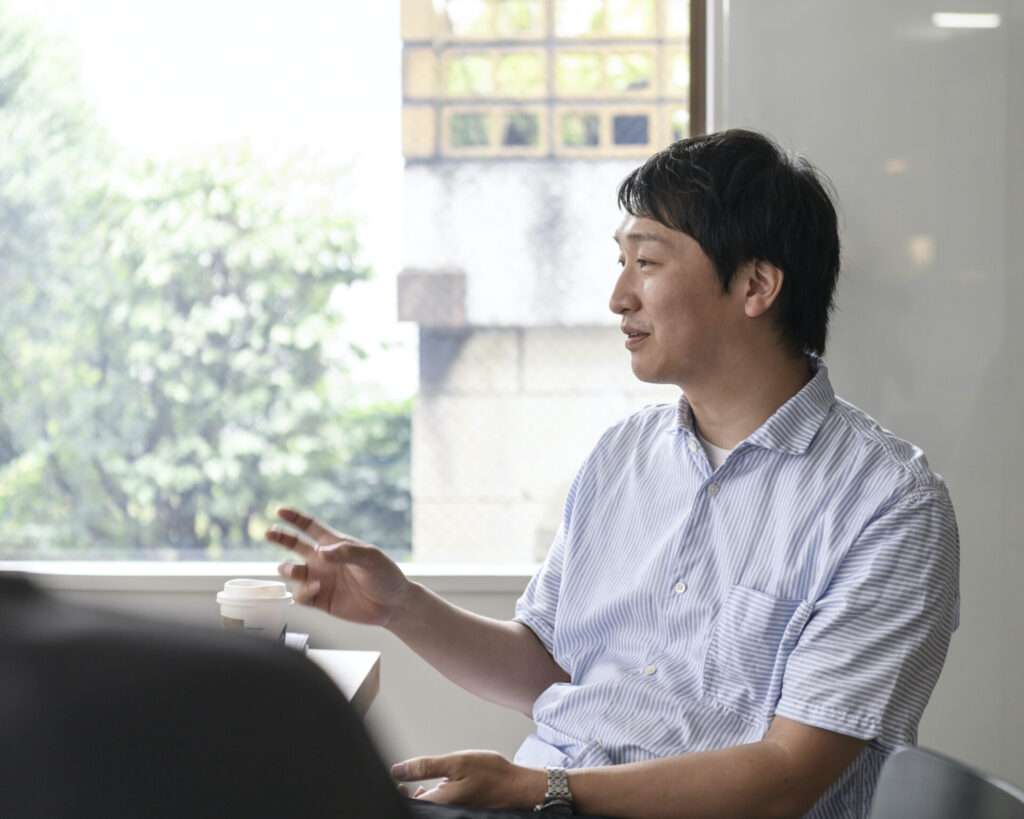
Okabe: I respect Buckminster Fuller, who once said, “Specialization is in fact only a fancy form of slavery.” Of course, it is important to improve one’s expertise, but focusing on one thing will narrow your perspective and limit your potential. Expertise is, of course, involved with human lives and social activities, and things will go wrong if you do not take it into account. This is the same problem as whether teaching only a specialized work is OK. It is relatively easy to improve skills once things are more efficient and information is more accessible. You need to care about what you want to obtain after you acquire a skill, but I feel the order of them is reversed these days. I believe something like “beauty,” which drives human emotions, will be the most crucial element in the end.
Shigeta: Regardless of whether we talk about architecture or products, beauty and usability are at the heart of it. However, locating the elements as the core value, what we need to create in the future is “the design of resonance,” in which we focus on what kind of resonance we can get and what change we can bring. Right now, I find it is purely fun to think about things like that.
Okabe: Things that are created in detail with appropriate attention to scale are naturally beautiful and make us fun, giving a good influence around them.
——As a next target for your firm, you have listed increasing the number of projects that do not pursue profit. Does it represent your idea to avoid thinking about economic efficiency first?
Okabe: Basically, people can get involved with the job only after they are asked to get involved. However, I realized in an earlier stage that there are few projects out there that attract me or make me think they are worth working on. Thinking about how I could get involved in such projects, I became interested in non-profit projects and PPP(public-private partnership) that utilize the private sector’s know-how from the planning stage. I am interested in dealing with projects without the idea of profit-first and making them businesses. I am really interested in thinking about it now. We have talked about a lot of things today (laugh).
Profile
-
Shuzo Okabe
Okabe was born in 1980 in Ehime Prefecture. In 2005, he received his master’s degree from the Graduate School of Media and Governance at Keio University. In 2004, aiming for “Architectural approach to future environment,” he established the architecture firm “upsetters architects.” The firm provides environmental design based on architectural thinking and strategy design to realize the continuous exploration of business vision. In 2014, he became the president of LED Enterprise, a company specializing in brand building, and New York Design Lab., for global strategy. In 2018, he also became the CEO of Shiro Ao Inc., a company to seek the potential of whetstone produced in Tobe, Ehime. He has received numerous awards in Japan and overseas, including the JCD Design Award Gold Prize, the Civil Engineering Design Prize, the Good Design Award, and the iF DESIGN AWARD. In 2021, he was appointed Deputy Managing Director at the Japan Design Consultants Association (JDCA).
Publication
upsetters architects 2004-2014, 15, 16, 17 (2018, upsetters inc.)Co-Authored Publication
Zero Nendai Juuichi Nin no Design Sakuho (Design Methodology of 11 Designers of the 2000s) (2012, Rikuyo-Sha)
Architect plus “Sekkei Shuhen” wo Makikomu (Architect plus, Involve -around the design) (2019, Yuubooks)
Maki Fumihiko no Shoso – Kenchiku to Hito wo Tsunagu (Aspects of Fumihiko Maki: Connecting Architecture with People) (2024, Keio University Art Center)Serial Article
Jissen Kouza Chiiki Saisei ga Kawaru (Practical Course: the Next Step for Reginal Revitalization) (2023, Nikkei Architecture) -
Masakazu Shigeta
After working as an engineer in the music industry, Shigeta began his career as a cosmetics developer in 2001. Since 2004, he has produced a variety of cosmetics brands in the healthcare business of Nitto Denka Kogyo Co., Ltd., a metal surface treatment company founded by his great-grandfather.
In 2017, he founded “OSAJI,” a skincare lifestyle brand, and became the brand director. He also produced “kako,” a specialized shop for home fragrances perfume in Kuramae, Tokyo, in 2021, and a combined shop of “OSAJI”, “kako”, and a restaurant “enso” in Kamakura, Kanagawa, in 2022.
In 2023, using Nitto Denka Kogyo’s skills, he also produced a pottery brand, “HEGE.”Publications
Taberu Biyou (Eating for Beauty) (SHUFU TO SEIKATSU SHA, 2024)
42-Sai ni Nattara Yameru Biyou, Hajimeru Biyou (Beauty cares to quit and start when you turn 42) (Takarajimasha, 2022)
Information
upsetters architects
Since its establishment in 2024, upsetters architects has succeeded in more than 300 projects worldwide in seven countries by grasping the rapidly changing era and pursuing the proposal of new standards. In addition to planning and management of projects, as well as architecture and environment design for a wide range of purposes, the firm does not limit its field to architecture and design, providing support for corporate strategy and business development from a creative point of view, aiming for “Architectural approach to future environment.”
https://upsetters.jp/
-
Photographs:Eisuke Komatsubara
-
Text:Masahiro Kamijo
NEWS LETTER
理想論 最新記事の
更新情報をお届けします
ご登録はこちら
ご登録はこちら
メールアドレス
ご登録ありがとうございます。
ご登録確認メールをお送りいたします。
